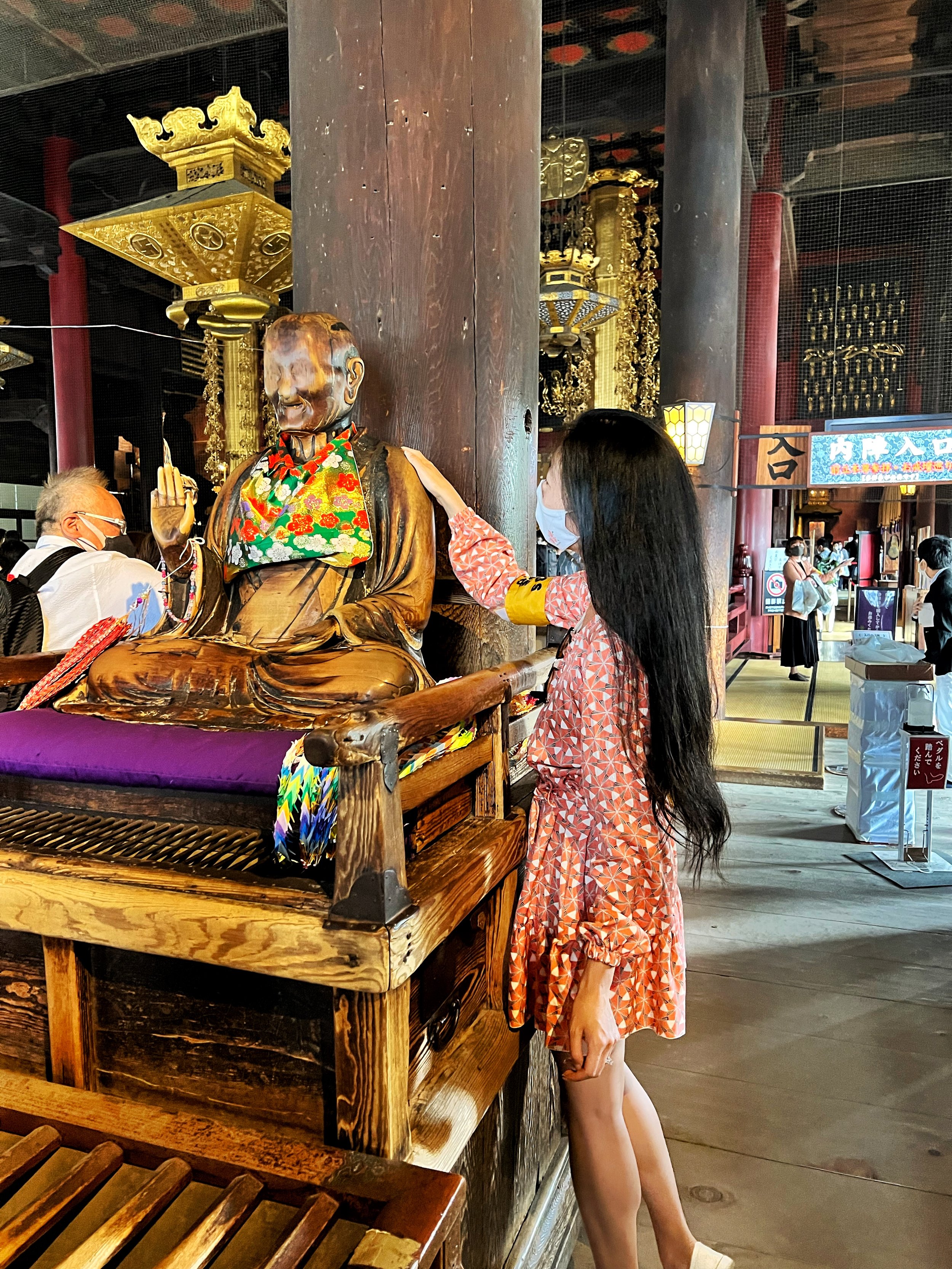Nagano City
Always a popular side trip from Tokyo, Nagano is renowned as a spot for powdery soft snow for locals, foreigners and tourists to have a quick weekend gliding down the slopes as soon as snowfall begins, especially with it’s many onsen towns in easy reach to enjoy a relaxing soak after a day on the mountains.
Nagano has so much more to offer in all four seasons, so if you have the chance take an extra day or two off and go explore more of what this prefecture has to offer. Formerly known as Shinshu (or Shinano), Nagano belongs to the the Chubu region of Honshu and borders Niigata, Gunma, Saitama, Yamanashi, Shizuoka, Aichi, Gifu and Toyama prefectures.
For those with a love of hiking stunning mountain ranges, the area is also one of the gateways to Kamikochi which lies at the foot of the Japanese Alps, including most of the Hida Mountains (Northern Alps), Kiso Mountains (Central Alps) and Akaishi Mountains (Southern Alps)
Make sure to take some time to discover the city of Matsumoto, renowned for Matsumoto Castle and the hometown of acclaimed artist Yayoi Kusama, where a short 30mins drive away you can relax in your own private onsen bath in Asama Onsen Town, or stay at a former feudal lord’s (Japanese daimyo) home beautiful restored and renovated.
The prefecture also is home to one of the most picturesque Shinto shrine pilgrimmages in Japan (especially stunning in winter) on Mt Togakushi where one can learn all about the legend associated with it, have the opportunity to stay in a traditional shukubo (temple stay) and eat Togakushi Soba (one of the “Three Great Soba of Japan”). There is also an opportunity to learn how to make one’s own Togakushi Soba from a local soba master.
However, if you lack the time, make sure you at least give yourself a night in Nagano City before you head back to Tokyo, where you can taste delicious local sake and visit one of Japan’s most important and popular temple, Zenko-ji. Nagano is known as a temple town (a lot of Japanese cities were built around castles, harbours and temples) because the entire city was developed to surround and support Zenko-ji.
Known as the “Temple of the Benevolent Light”; Zenko-ji was founded in the 7th century (642) when the first Buddhist image (a hibutsu - secret Buddha) was enshrined there by Yoshimitsu Honda. The hibutsu has never been shown to the public and is rumoured to be the first Buddha statue to ever be brought to Japan. Every seven years, a replica of the statue (Maedachi Honzon) is shown publicly every Spring in a ceremony called Gokaicho where thousands upon thousands make the pilgrimage to see the replica.
Zenko-ji was established before Buddhism in Japan was divided into separate sects with Zenko-ji belonging to both the Tendai and Jodoshu schools of Mahayana Buddhism. Surrounding Zenko-ji are multiple shukubo (traditional smaller Japanese temples - 39 in total ) belonging to both Buddhist sects which offer accommodation and meals for the monks, people on pilgrimage and visitors
I purchased my first ever Daruma, fittingly this special golden one which is only available at Zenko-ji every 7 years in accordance with the Gokaicho ceremony.
I was lucky enough to be in Nagano for the 2022 ceremony and participate in its events, where one can see the replica for a brief moment, touch the statue of Binzuru (a famous physician said to be Buddha’s follower) to cure one’s ailments, and walk the inner prayer chamber down a narrow dark corridor, where worshippers try to touch a metal key hanging on the wall, in order to gain enlightenment. The key represents the Key to the Western Paradise of the Amida Buddha. These were the only photos we were allowed to take, after rubbing the smaller statue, no photos or filming was allowed.
Unfortunately when I visited I was unable to stay in a shukubo as they had been booked months in advance for the Gokaicho, however I was still able to enjoy a traditional Buddhist lunch at one of the shukubo before I hopped on the shinkansen bound for Kanazawa.
ACCESS
BY TRAIN
JR HOKURIKU SHINKANSEN | 80-100mins | approx 8000JPY | JAPAN RAIL PASS & JR EAST NAGANO NIIGATA AREA PASS
BY BUS
HIGHWAY BUS | 3.5hours | approx 6000-8000JPY | dependent on the bus company & date of travel
Discount bus operators such as Willer offer one way fares from around 2000 yen.
Online reservations can be made through Willer and Japan Bus Online.













